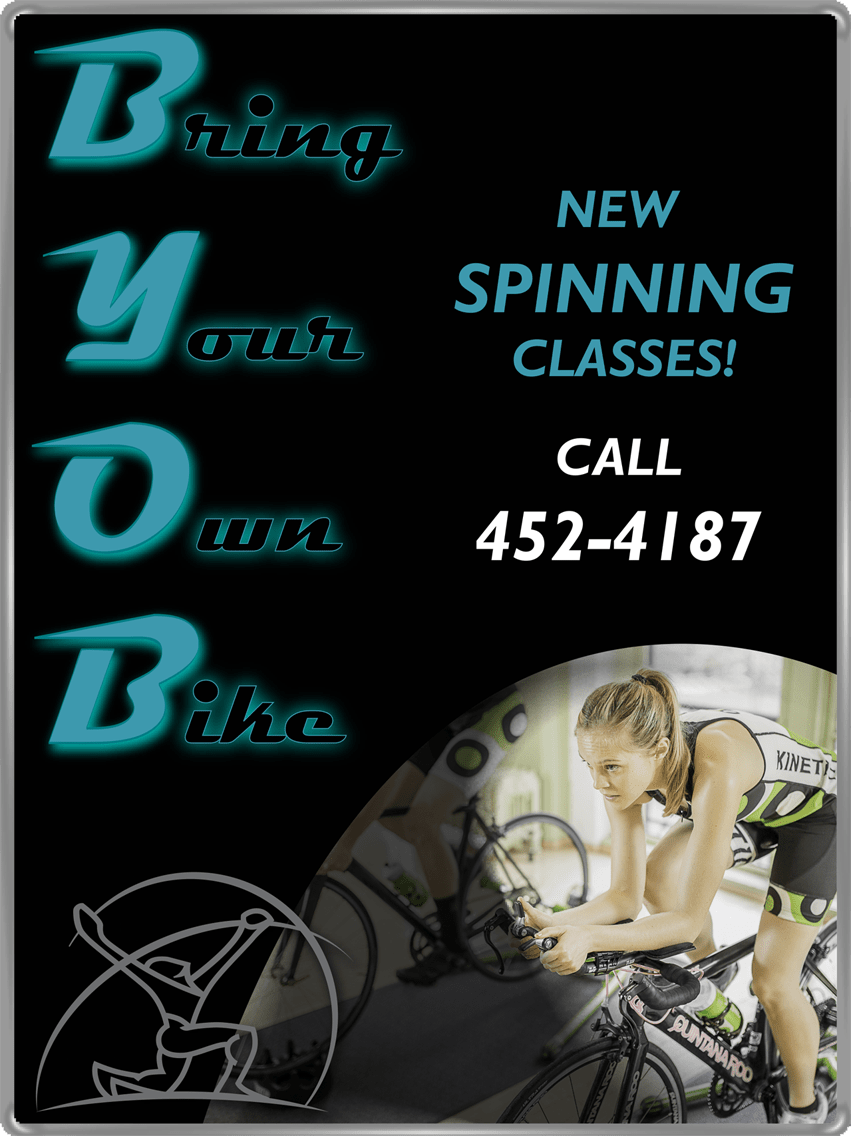FROM THE PROMOPT BLOG

At the deepest level, we are defined by and through activity. By activity, we don’t necessarily mean sports or an active lifestyle. Activity certainly defines those notions, but it also represents, generally, the things we do and how we move to do them.
Activity for some people means fishing. For others, activity means coaching a daughter’s softball team. For some, activity represents a Saturday afternoon in the garden. For others, it means running a marathon. In a more narrow sense, activity really means the movements we use to accomplish the tasks we are faced with on a daily basis. We use movements: walking, bending, reaching, rolling, climbing, throwing, and lifting to accomplish or complete the activity. We use the INGs.
No matter the activity, who we are is closely aligned with what we do and how we do it. Even more, participation in activity offers a way for us to find joy in our activities, and as an outlet for the physical expression of our purpose.
It’s not enough to enjoy the idea of a garden or to watch our children play sports. We want to participate!
This concept of participation and the physical expression of the movements which underlie activity is based on a concept we call the TIEs. The TIEs is an acronym that illustrates how all movement is shaped by the constraints or controls embedded in the task (being performed), the individual’s innate abilities, and environment in which the activity takes place.
Put simply, participation occurs at the intersection of what a person can do, wants to do, has the opportunity do to, and is not prevented from doing.
If you know your participation goals for certain activities, you are in a better position to achieve the goals through enhancing or taking advantage of the TIEs. We look at these three parameters and “enabling constraints.” What limits us frees us. The rules of a game can be considered constraints…they create borders…limits to what we can do in the spirit of fair play. Then freedom comes from playing within these limits.
Task
The first step is the task. Any activity requires specific tasks to achieve full-scale participation. If the activity is fishing, there are many tasks involved. For starters, standing for a long period of time is required. Secondly, you need to cast your line with a backward and forward motion.
Is your activity coaching? Then some of the many tasks involved are throwing pitches for batting practice and swinging a bat for infield practice.
Are you in the garden? Your tasks involve an extended period on your knees, digging and weeding. There’s also lawn mowing and watering to consider.
Perhaps the activity is a marathon. Then some of the tasks revolve around extensive running and nutritional practices.
The task automatically creates specific goals that need to be accomplished. Tasks mold actions. Tasks ask our bodies to move in a coordinated fashion to accomplish the task goal.
Individual
In all of these examples, the specific restraints of an individual inform the ability to participate. Even though the individual constraints of one person allows her to stand for hours fly fishing, she might not be able to optimally participate in the garden. Even more, a marathon runner might be able to run a marathon, but that doesn’t mean his individual body isn’t constraining him from running it more quickly.
We are all gifted with certain movement abilities. We apply these abilities toward accomplishing the task. We may develop, over time, limitations in our motion, flexibility, balance, strength and coordination that then creates compensations to how we move. This may limit our success or lead to injury.
Environment
The last element to the participation equation occurs with the environment. In its simplest form, a gardener might be able to perform gardening tasks and have the individual ability to do so, but participation won’t be achieved if it is raining. As a more nuanced example, marathon swimmer Diana Nyad completed a swim from Havana, Cuba to Key West, Florida on her fifth try. On her first four attempts, she aborted the swim due to environmental factors — temperatures or jellyfish stings.
On this last attempt, the environment gave her a boost as she swam with a swift current at her back. The environment, or the surroundings we are in while performing a task, influence how we move. If I am playing golf in the wind I have to move differently then if I’m playing in rain.
All movement is guided by the environment.
What Do You Want to Do?
So your task, your individual constraints, and the environment govern your ability to participate in any given activity. Have you considered lately what you want to do in your life? Are you able to achieve it? Better yet, if you can achieve participation in the activities you desire, is it possible to achieve better? A good step toward achieving better is evaluating the task, individual, and environment in any given scenario. It gives you the ability to better understand what is happening and how to better achieve results. If you are seeking a more nuanced look at your desired activities, come by and let us know. We’d love to analyze TIE with you!







